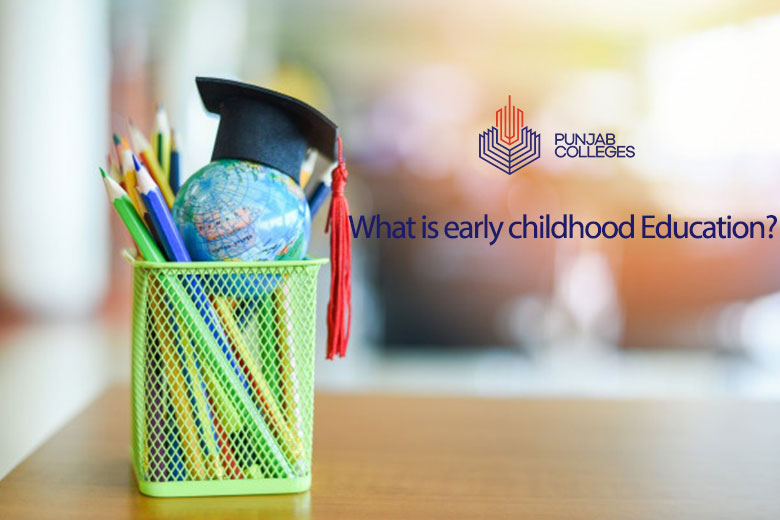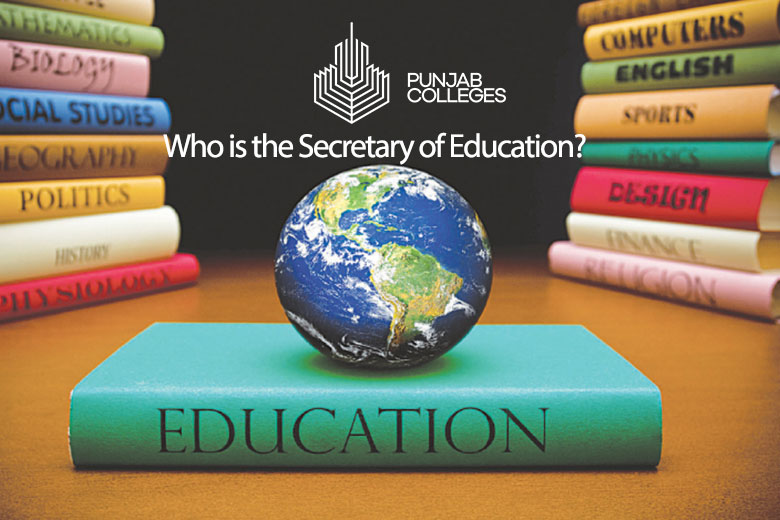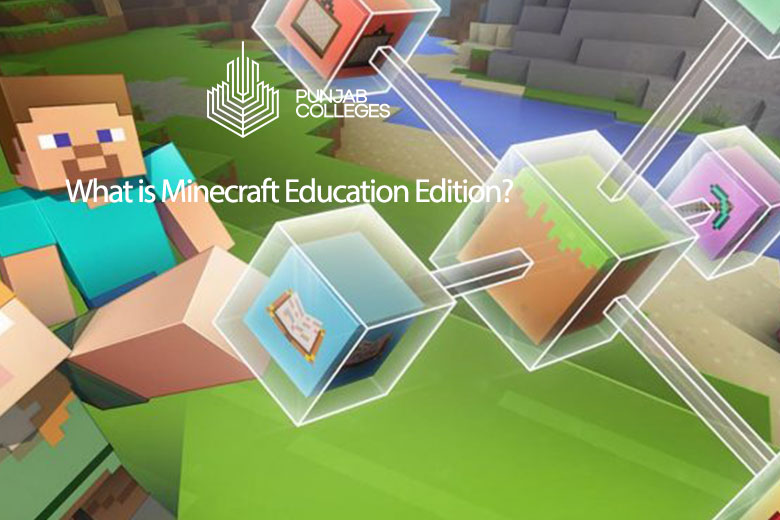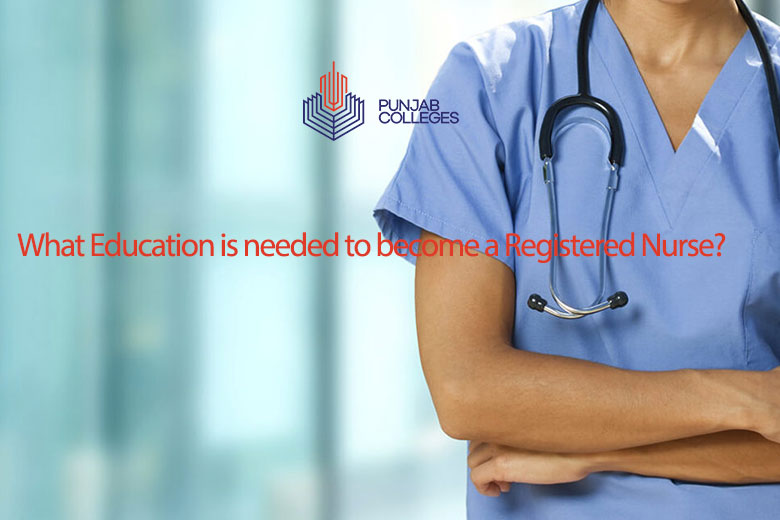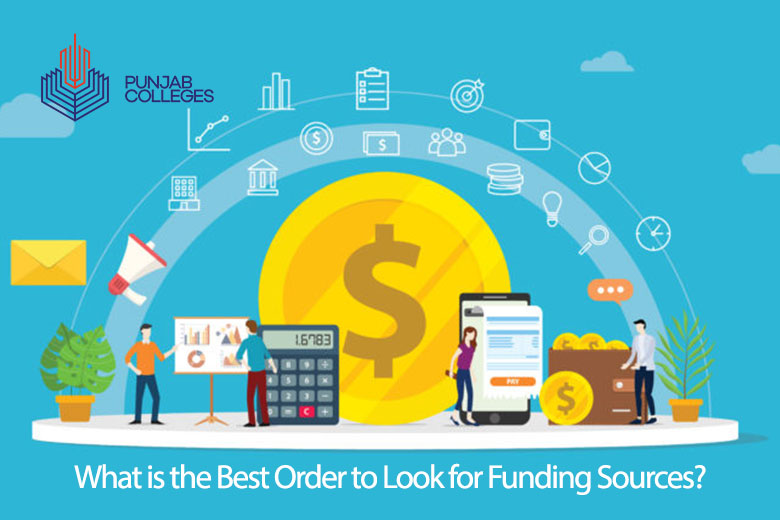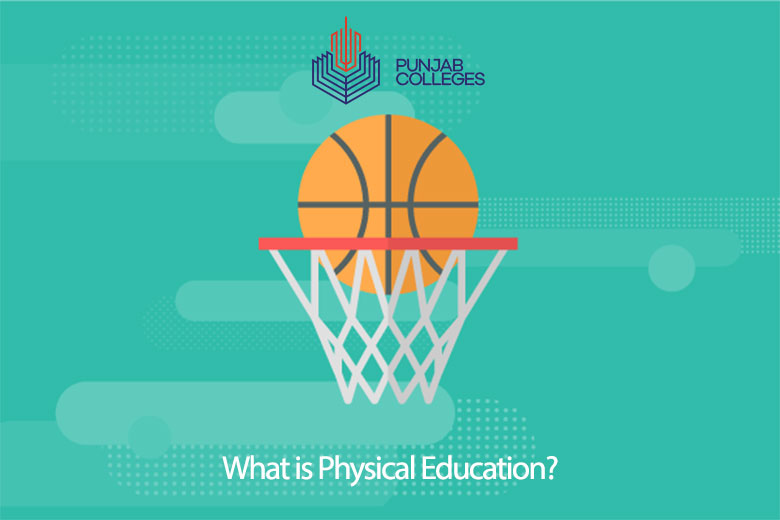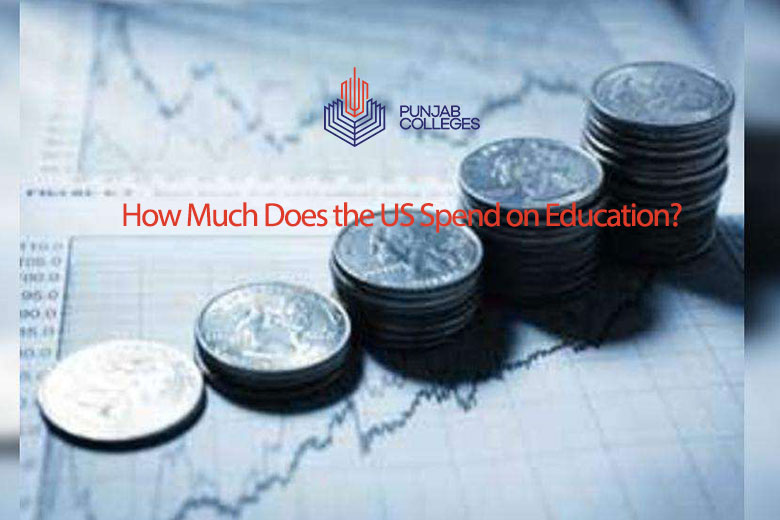What was brown vs board of education?
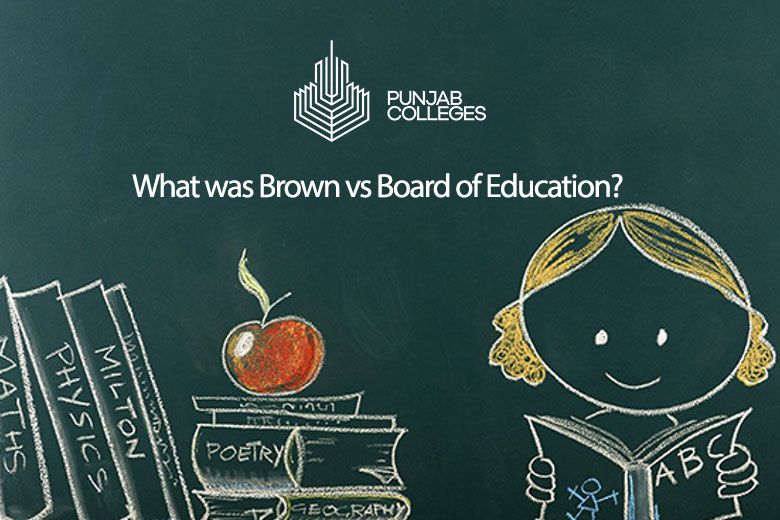
Brown v. board of education was a revolutionary verdict. Linda Brown was the girl behind all this. She has passed away. It may not sound familiar to you. But the lawsuit that his father filed against school inadmissibility for being black was the most important revolution. It was about a legal point of view for the situation of blacks in the United States.
It was the Brown v. Board of Education of Topeka, which concludes: “We conclude that there is no place in the field of public education for the doctrine ‘separate but equal’. A system with separate schools is inherently unequal”. A rule that should be considered in any field of education, also when separating between boys and girls.
We may find that judgment of the US Supreme Court that has most affected the lives of the citizens of that country. So far, it was the first step towards the elimination of racial discrimination. Criticized at the time, and of complicated practical application due to the resistance. Today it occupies a basic place in the history of American constitutional law (and in the history of the United States.
Alexander Bickel put it in these words: “Brown was the beginning.” It is, despite its importance, a fairly short sentence. To which today, if someone reproaches him for something, it is that whoever wrote it did not have the literary skills of Holmes or Cardozo. Beyond that, in this sentence, we are before the Constitution in its pure sense.
Which of the following was a direct result of the decision in Brown v. board of education?
Execution of the decision and results:
Following the ruling in this landmark case, some school districts across the country chose to peacefully stop segregating. However, resistance to ending segregation in schools proved to be a great challenge at times. Violent confrontations developed, including race riots, civil unrest, and general resistance to integration in many states. The federal government in some cases deployed federal troops to assist in the integration of public schools.
Cases of racial segregation in schools continue. Although racial segregation is no longer legal. But in reality, due to economic factors and other reasons, racial segregation continues in practice. Several cases have been developed in response to these questions.
The inter-district barriers to student transportation were rejected to facilitate racially diverse schools. It rejected the assignment of students to schools based solely on racial reasons. The Edgewood decisions have allowed funding for schools to be generated by property taxes. It will be regardless of the disparity in funding based on racial and economic boundaries.
Which of the following best describes how the supreme court voted in brown v. board of education? and Why did the supreme court take jurisdiction of brown v. board of education?
This class action consolidated several cases presented on behalf of black children who were denied. It was due to segregation, admission to public schools, based on State Law.
Public facilities used to be racially segregating in America, especially in the South. The case sought to challenge the “separate but equal” doctrine established in Plessy v. Ferguson. That was in force until that time. This doctrine held that separate. But substantially equal educational facilities were respectful of equitable treatment between races.
The plaintiffs argued that racially segregated public schools are not and cannot be considered equitable. And therefore this system deprived them of their right to equitable protection. It is done under the law, in violation of the 14th Amendment to the United States Constitution.
The court, stressing the importance of education as a function of government and the main instrument for the ultimate progress and success of a child. They repealed the legality of racial segregation in public schools. In addition, the Court held that when the state undertakes to provide public education.
It must be made available to all on an equal basis, by amendment14. The Court found that state-approved segregation on the sole basis of race creates a feeling of inferiority among black children. That factor runs the risk of undermining their mental and educational development.
The supreme court then accepted that the segregated educational system is not successful. It has caused inequity among people and students are not being given equal opportunities in terms of their studies. It included all types of facilities and factors.
Which of the following best describes how brown v. board of education affected the united states?
Board of Education, an equal liberalism Exam. Based on this amendment, the United States Supreme Court established that the segregation of black and white people was unconstitutional. However, it affected the US nation so much and created a sense of inequity among them.
After discussing what was Brown vs Board of Education? let’s now get to know;
When was brown vs board of education, when was brown v board of education?
Almost sixty years ago, on May 17, 1954. After an intense three-year battle by the National Association. It was for the Advancement of colored people, (NAACP) and other organizations at the national level were part of it. The US Supreme Court issued a landmark decision in Brown v. Board of Education, declaring that segregation in public schools is unconstitutional. The verdict was an important legal step in the fight against apartheid in the American style.
Which policy do the plaintiffs disagree with in brown v. board of education?
Brown v. Topeka Board of Education, 347 U.S. 483 (1954), is a landmark judgment of the United States. Supreme Court declared that state laws were establishing separate schools for African Americans. And white students were denied the equal educational opportunity.
What was the social impact of the decision in Brown v. board of education?
The decision of segregating the brown and white educational institutes had a very bad impact on Americans. It created an uncomfortable atmosphere and affected a lot of people out there. They got mentally upset and the racist approach got the hype. Black children were inferior and they were almost detached from other Americans.
Which supreme court decision did brown v. board of education (1954) overturn? and Who was involved in brown vs. board of education?
It was established that “separate educational facilities are inherently unequal.” In doing so, the Supreme Court overturned precedents since Plessy v. Ferguson in 1896. This ruling paved the way for racial integration and achieving civil rights for African Americans.
What was the outcome of brown v board of education?
While the victory was an important historical advance. It took many years of determined struggle by the African-American community and its allies in one state after another for the victory to become a reality. After this verdict and due to the deeply ingrained and institutionalized racism in the South and indeed in all regions of the country. More sacrifice was needed to eliminate segregation in the systems of public schools, universities, public transport, sources of employment, and others.
The verdict served as the basis for future victories for the black community. It was to gain previously denied rights and opportunities. That would also help to pave the way for the enactment of the Civil Rights Acts of 1964 and the Voting Rights Act of 1965.
What was the result of the brown v. board of education supreme court decision?
The fight in court. The Brown vs. Board of Education was first presented in 1951 and was later defended before the Supreme Court by NAACP Chief Counsel Thurgood Marshall. It was representing 13 African American parents and 20 children against the Board of Education in Topeka, Kansas. Topeka had imposed a rigid system of separation in elementary schools between black and white students.
Until then, 17 states imposed school segregation by force of law. Kansas was one of four states that implemented it but on an optional basis. In other states, though not by force of law, segregation was the policy. Therefore, the 1954 decision was truly instrumental in ending segregation at the national level.
Brown vs. Board of Education was cancelled nearly 60 years of the discriminatory policy of “separate but equal”. Embedded in the infamous 1896 Supreme Court decision; Plessy vs. Ferguson legalized the racist segregation in the South known as Jim Crow.
Which of the following best summarizes the supreme court’s ruling in Brown v. board of education?
Sixty years after the decision of what was Brown vs Board of Education, the fight to eliminate racism and oppression continues. People’s struggles to fight and defend against this policy that was meant to segregate the educational system of Americans and African Americans. They went against these cuts and closures.
Those happenings in cities like Philadelphia and Chicago show that the determination that defeated Jim Crow lives on today. Also, it will continue to advance until equality in education and all the other areas of society is a true triumph.
What caused a racist Supreme Court to rule against segregation?
Brown vs. Board of Education was not a judgment that emerged from the minds of the nine suddenly enlightened white men. Some of these Supreme Court justices initially wanted to maintain legal segregation.
Why then does the Supreme Court end up voting unanimously for the reversal of the Plessy decision? There were two key factors: the increase in opposition to racist oppression in the aftermath of World War II. Especially among black veteran soldiers, and the worldwide struggle between imperialism and the socialist camp at a time of intensifying struggles. Anti-colonial.
While government leaders proclaimed that World War II was fought to defend “freedom” against racist fascism, millions of African American soldiers served in segregated units and returned only to face the same old Jim Crow / KKK system.




